Introduction

Tailings

Water
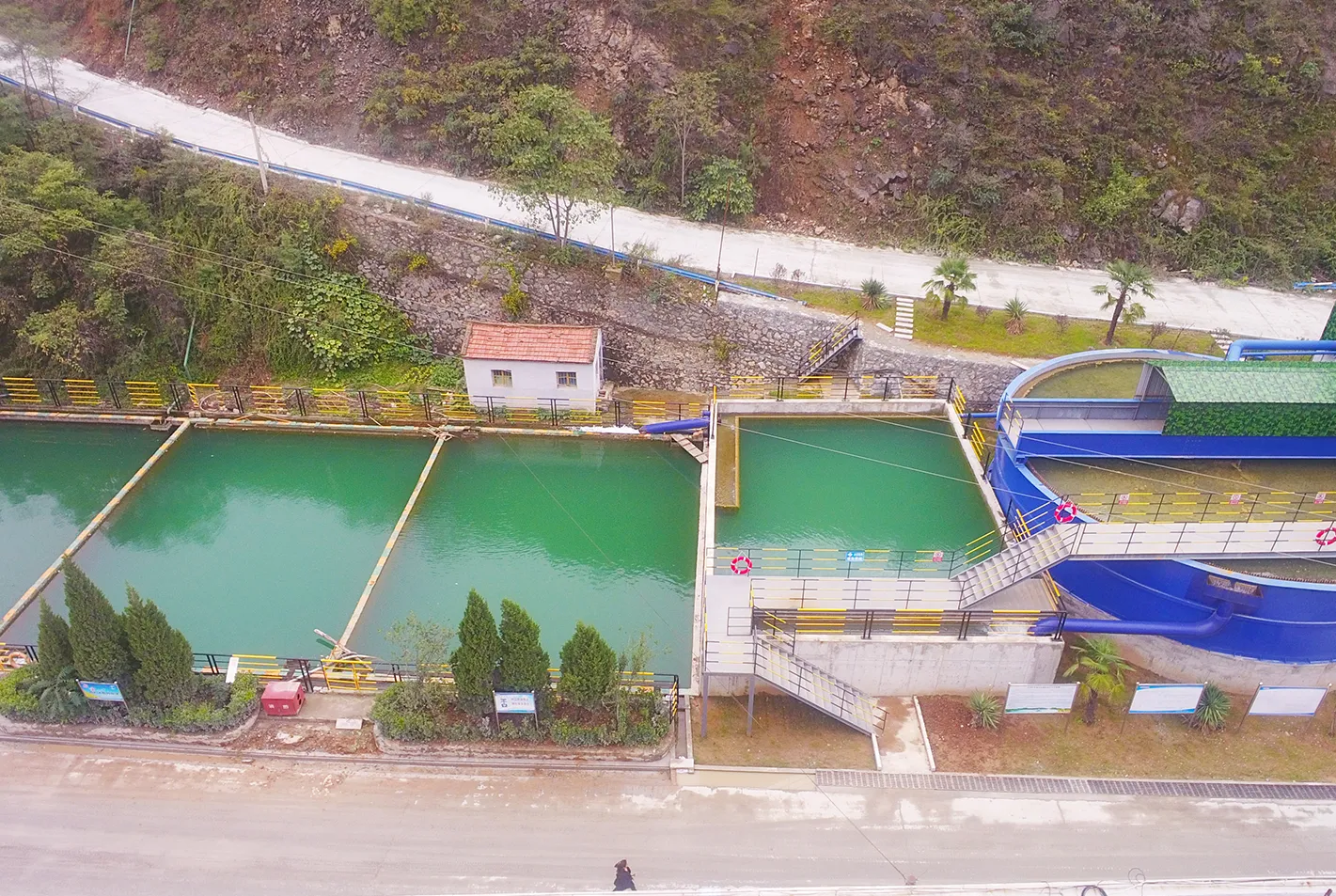
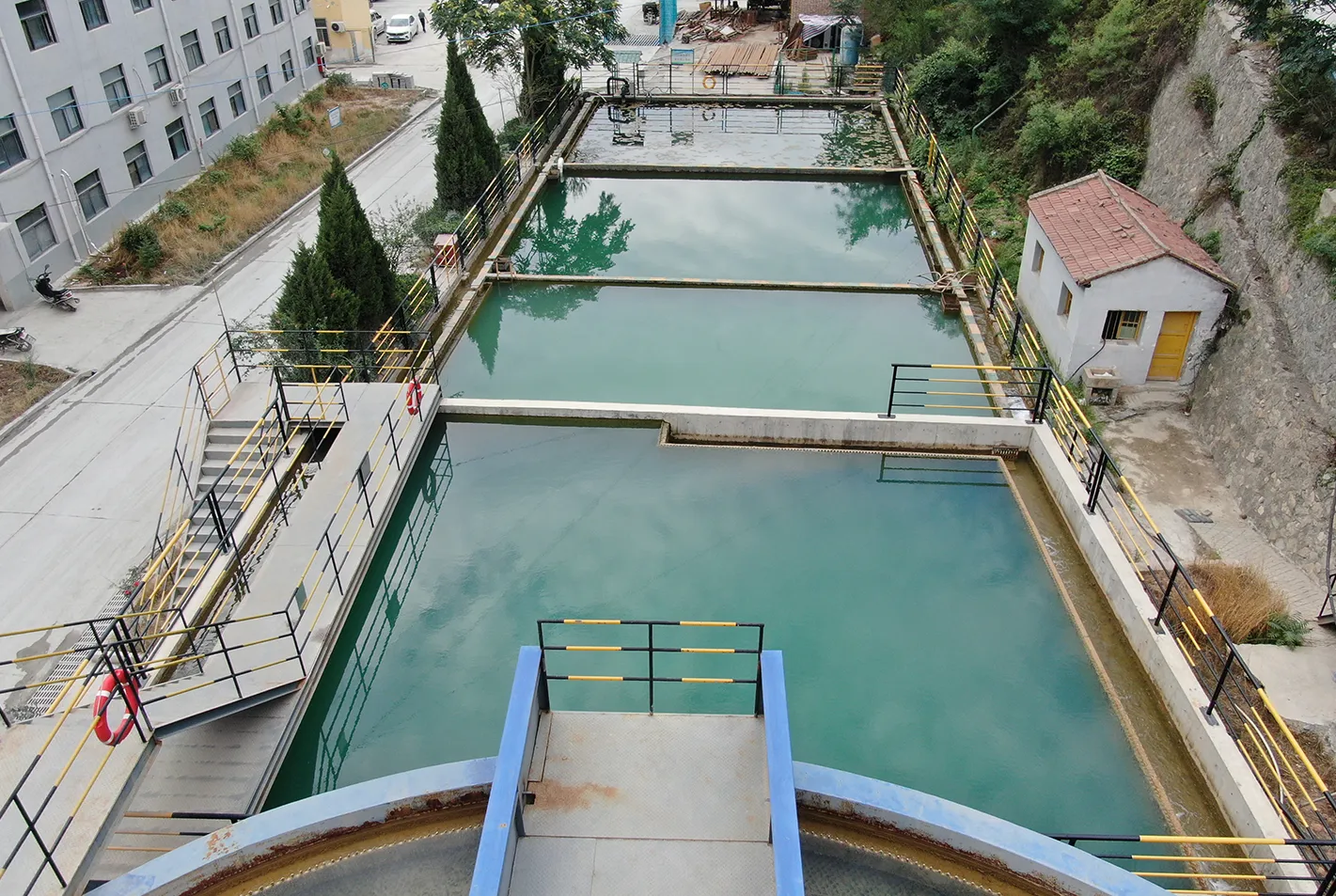
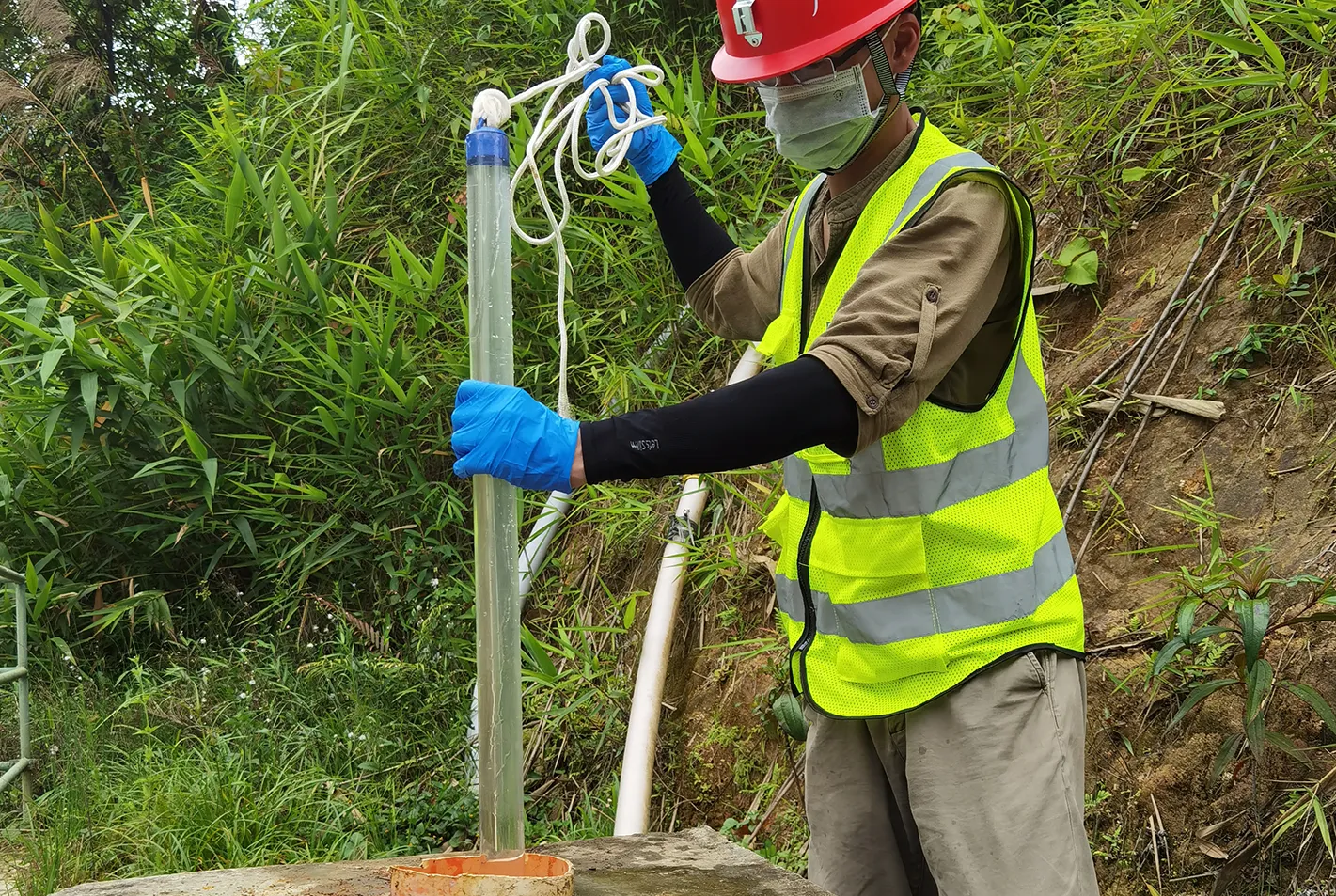
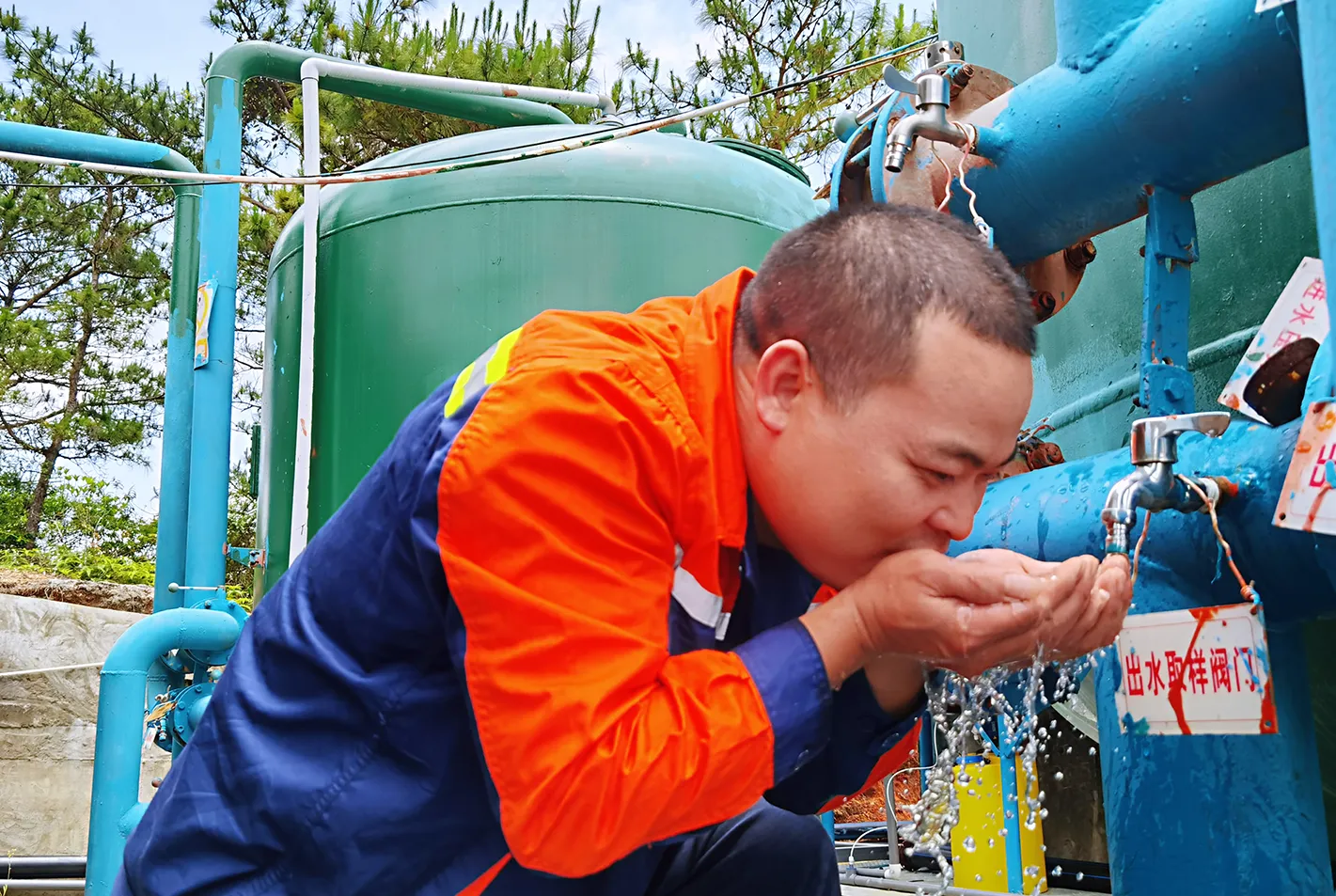
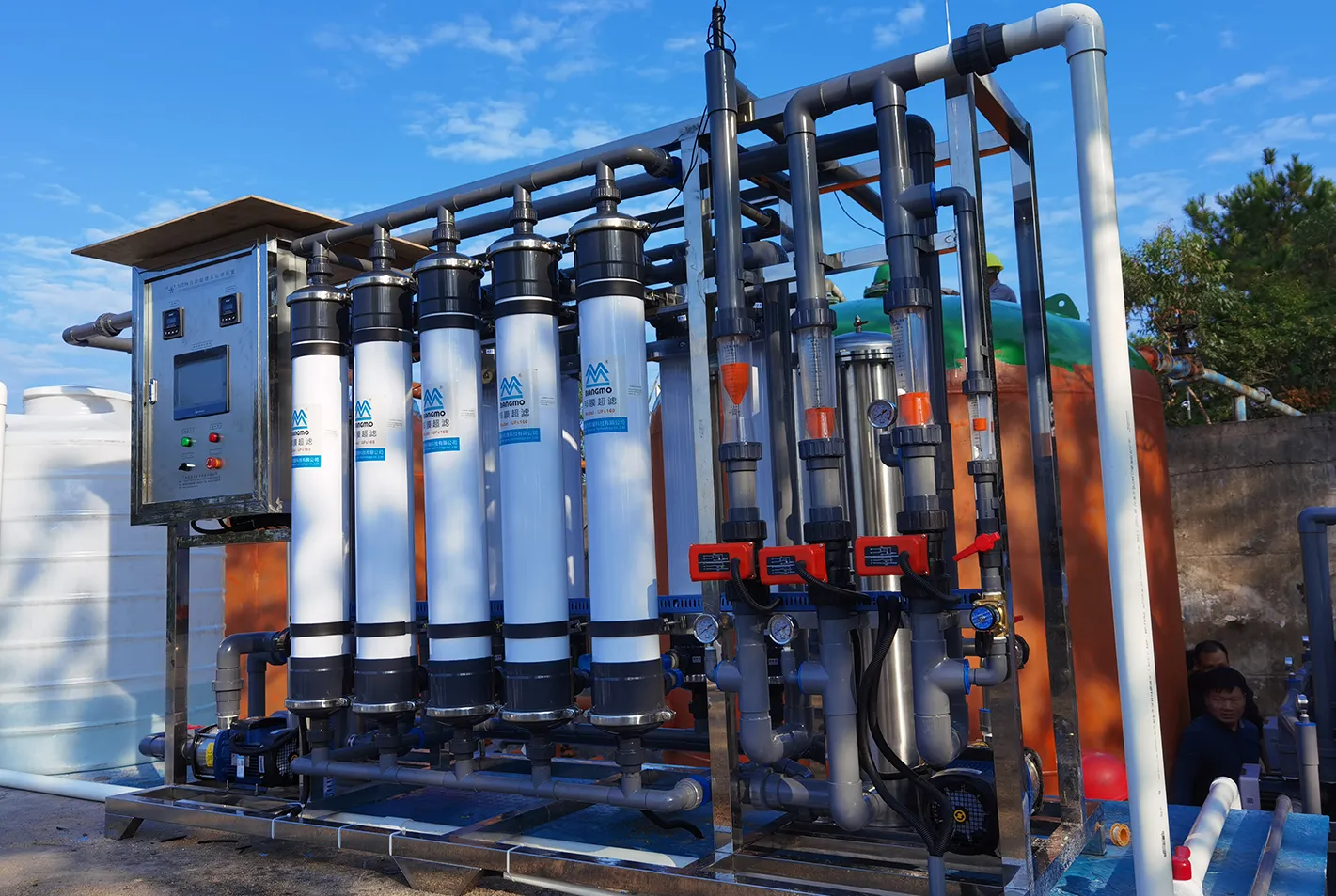
MORE
We continue to find new and innovative ways to increase the efficiency of our energy management systems. Based on comprehensive calculations of energy consumption, such as electricity and oil, we carry out a comparative analysis of energy efficiency, which influences our energy management targets and energy efficiency improvement plans. We aim to implement innovative energy-saving technologies to drive continuous improvement in our energy performance.
We continue to optimize our energy structure in step with the global energy transition trend. We no longer use any coal and have been exploring the use of new energy sources, and have been gradually introducing new energy equipment in lighting, transportation, heating, cooling, and other areas. We phase out outdated processes and equipment over time based on energy efficiency monitoring and assessment to improve our energy efficiency. For example, we have stopped using mining vehicles below the National IV Standard and switched to LED lights for underground lighting.
For more information on out approach to energy management, click here.
Click here for the 2022 Performance Data tables.
Energy
We continue to find new and innovative ways to increase the efficiency of our energy management systems. Based on comprehensive calculations of energy consumption, such as electricity and oil, we carry out a comparative analysis of energy efficiency, which influences our energy management targets and energy efficiency improvement plans. We aim to implement innovative energy-saving technologies to drive continuous improvement in our energy performance.
We continue to optimize our energy structure in step with the global energy transition trend. We no longer use any coal and have been exploring the use of new energy sources, and have been gradually introducing new energy equipment in lighting, transportation, heating, cooling, and other areas. We phase out outdated processes and equipment over time based on energy efficiency monitoring and assessment to improve our energy efficiency. For example, we have stopped using mining vehicles below the National IV Standard and switched to LED lights for underground lighting.
For more information on out approach to energy management, click here.
Click here for the 2022 Performance Data tables.
Climate Change
In 2020, the Chinese government pledged to peak carbon emissions by 2030 and to become fully carbon neutral by 2060. As a responsible miner with operations in China, we acknowledge the importance of transitioning to a low-carbon economy and the government’s pledge to implement efficient sustainable practices to address global warming. The mining industry is necessary in the transition to carbon neutrality for metals and minerals will play a substantial role in the construction of the infrastructure and technology needed to reduce emissions. At our operations, we aim to be highly efficient, produce low emissions, and implement innovative technology to find sustainable strategies to help reduce our carbon footprint.
In an effort to further our commitment to reducing our emissions, we have identified the main transitional and physical risks and opportunities climate change could pose on our business, based on recommendations by the Task Force on Climate-related Financial Disclosures (TCFD). We are committed to developing an ESG-related action plan/framework to address the outlined climate risks, and where possible, to establish mitigation strategies, in line with the TCFD’s recommendations.
For more information on our approach to reducing emissions, click here.
| TYPES | DESCRIPTION |
|---|---|
| PHYSICAL RISK | SHORT-TERM RISK
The increased frequency of extreme weather events, such as torrential rains, floods, and typhoons, can lead to the interruption of operations or even the closure of mines, the washing out of roads, and dam failures due to rising water levels in TMFs. It could cause the Company's production capacity to decline, cause injury to employees/contractors, or bring environmental problems. |
| LONG-TERM RISK
Changes in precipitation and extreme fluctuations in weather patterns can lead to higher infrastructure costs (e.g., extended construction periods, damage to equipment) and higher insurance costs for equipment and personnel. |
|
| TRANSITIONAL RISK | POLICY AND LAW
China will introduce a quota system for carbon emissions, which could increase compliance costs if companies are included in the national carbon trading market as key emitters. |
| REPUTATION
Stakeholders are paying more attention to the Company's response to climate change, natural resource consumption, etc., and if the efforts do not meet expectations, it may have a negative impact on the Company's reputation. |
|
| MARKET
If downstream customers investigate the carbon emission intensity of unit products, it will increase the uncertainty of the Company's business sales and cause corresponding market risks. |
Click here for the 2022 Performance Data tables.
Biodiversity
We recognize that mining operations have the potential to disrupt the natural landscape and biodiversity in both direct and indirect ways, as the development of mining infrastructure such as processing plants and mills, can have a large effect on surrounding ecosystems. We recognize the importance of our diverse biodiversity and are committed to managing our impact on our environment with conservation and sustainability in mind. Through strong conservation efforts and mitigation plans, we aim to build long-term sustainable practices and systems that enable us to operate sustainably whilst aiding in the reclamation of the surrounding biodiversity through various strategic initiatives and adhering to all relevant legislation.
We comply with the Environmental Protection Law of People's Republic of China and the Convention on Biological Diversity and continue to improve our biodiversity protection system and management rules, as well as our ecological protection management system. Our system identifies all ecological protection requirements for each stage of construction, all environmentally sensitive targets, and all development-prohibited ecological areas. We understand that our commitment to biodiversity begins in the early stages of the mine lifecycle and lasts beyond reclamation and closure; it is an evolving process and one that requires diligent planning and systems to impact change. In Fiscal 2022, there were no major impacts to biodiversity at Silvercorp.
For more information on our approach to biodiversity management, click here.
Click here for the 2022 Performance Data tables.



Waste
China’s most recently implemented 5-year plan is a call to action for a country wide transition to a low-carbon industrial society. The plan calls for the reduction of emissions, pollutants, and waste through the implementation of sustainable initiatives, development, and technology in order to cap carbon emissions and eventually reach carbon neutrality. For mining companies, this transition will bring with it the establishment of sustainable waste management practices and economic systems, as well as the necessary maximization of their resources.
A billion tonnes of tailings and waste rock are generated each year in China and produce a series of environmental issues, such as land usage, vegetation destruction, and air pollution. Ore mining and milling processes produce a large volume of tailings, waste rock, and other solid wastes, which not only occupy land but also reduce the comprehensive utilization rate of mineral resources. In compliance with the Law of the People's Republic of China on the Prevention and Control of Solid Waste Pollution (revised in 2020), the Directory of National Hazardous Wastes, the Standard for pollution control on the non-hazardous industrial solid waste storage and landfill (GB18599-2020) and the Standard for Pollution Control on Hazardous Waste Storage (GB18597-2001), we have formulated the Stationary Waste Management Regulations. We classify wastes generated during production and operations and explore the comprehensive utilization of solid wastes based the principle of "unified collection, classified disposal, and elimination of hazards" to achieve the goal of waste reduction, recycling, and safe disposal.
For more information on our approach to waste management, click here.
Click here for the 2022 Performance Data tables.

Land Reclamation
The effective management of land use and the protection of biodiversity by a mining company is integral to that company’s success, for doing so can reduce and or mitigate regulatory costs and risks and protect relationships with local communities and governments. Our approach to land use and biodiversity is centred around generating economic, ecological, and social benefits, while operating safely, efficiently, and sustainably with our communities and environment.
At Silvercorp, we believe that environmental responsibility should start at the exploration phase and last beyond mine closure. We incorporate environmental protection planning and land reclamation initiatives, in compliance with the national ecological protection requirements, into our mine planning at early stages to reduce our impact on the environment, preserve the biodiversity, and establish strong plans and practices for mine closure and reclamation activities. Our Mine Geological Environment Restoration and Mitigation Plan and Land Reclamation Plan governs our reclamation and closure actions and activities, and our Geological Environment Restoration and Mitigation Management Institution oversees their implementation and related restoration and mitigation work in the mining area.
For more information on our approach to land management, click here.
Click here for the 2022 Performance Data tables.
Sign Up For Updates

